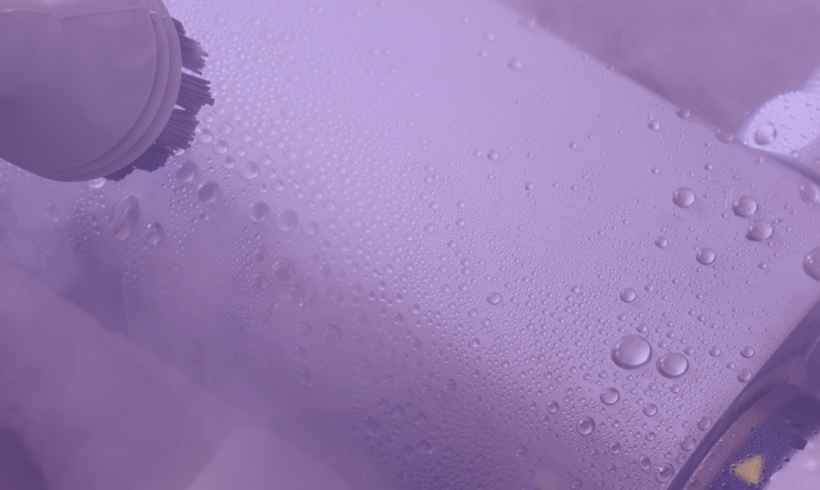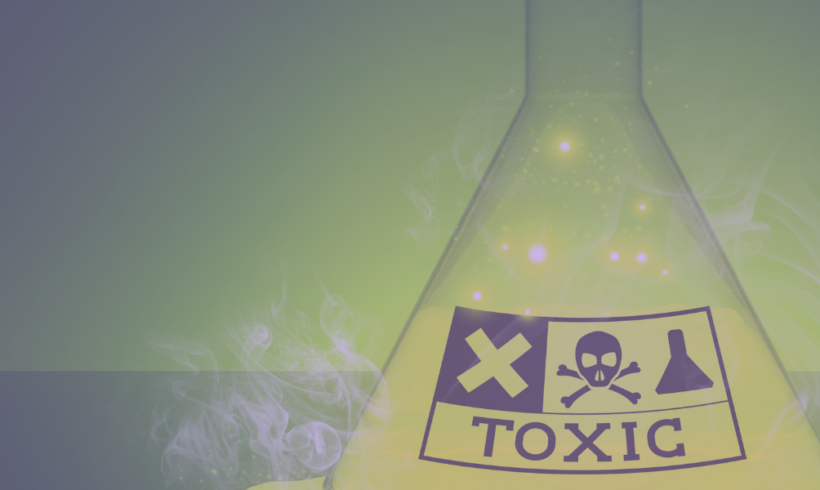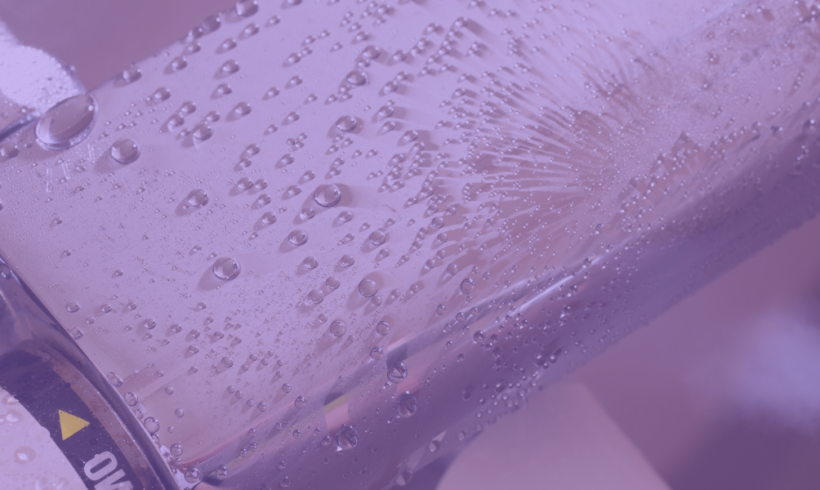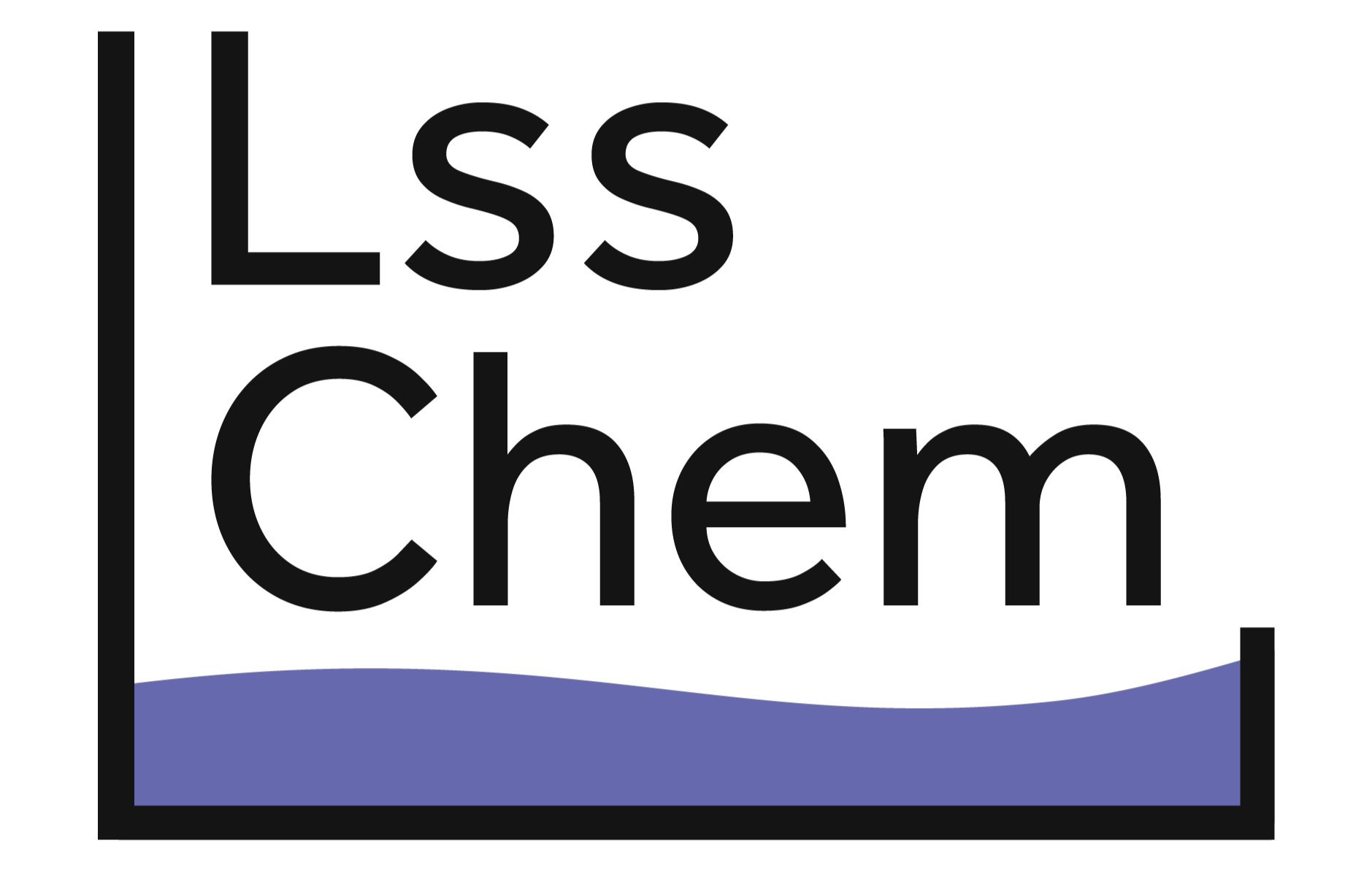Surface tension allows the degreaser to flow closer to the surface, allowing for a more precise clean and removing virtually all contaminants. What is Surface...
Author archive for: ecolink

What Materials Are “Degreasers” Compatible With?
The material compatibility varies with each degreaser formulation. It is important to test degreasers on materials prior to use to prevent damaging small components or...

Are Vapor Degreasing Solvents Safe For Workers?
To simply answer the question, it depends on the degreaser if it is safe or not for the workers. The U.S. Environmental Protection Agency (EPA)...

What Are Green Solvents?
Green solvents are derived from the processing of crops. They are also known as environmentally friendly biosolvents. What are green solvents’ properties that differ from...

Are Industrial Degreasers Toxic?
Each industrial degreaser has a different toxicological information. All toxicological information can be found in the Safety Data Sheet (SDS) for each degreaser. The SDS...

Removing Fingerprints From Surfaces
When it comes to cleaning surfaces, one of the most difficult to clean and unappealing sights left on a surface is fingerprints. Natural oils created...

Drop-in Replacement For nPB
Why Look for a Replacement for nPB Solvents? nPB, also known as n-Propyl Bromide or 1-Bromopropane, was studied by the Environmental Protection Agency (EPA) to...

Drop-in Replacement For TCE
Why Find a Replacement for TCE Solvents? Trichloroethylene, commonly referred to as TCE, was a volatile organic compound (VOC) that was greatly used for metal...

Vapor Degreasing Vs Ultrasonic Cleaning
When cleaning large-scale parts or small precision materials, vapor degreasing and ultrasonic cleaning are processes used for precision cleaning and both offer benefits in industrial...

What is Perchloroethylene?
Perchloroethylene, also known as PERC, is a colorless liquid. This chemical is nonflammable and is generally used as a solvent in industrial settings, but perchloroethylene...


